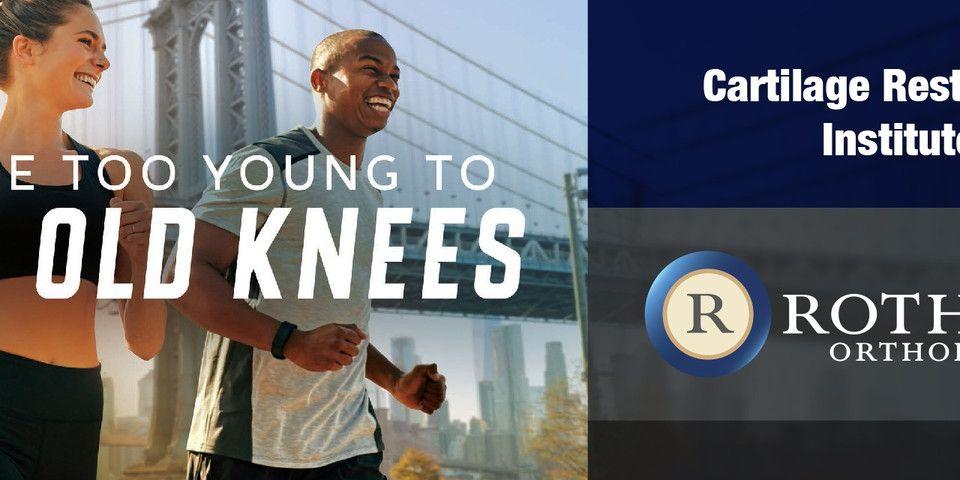Get the best treatment in the tri-state region with Rothman Orthopaedic Institute.
It’s easy to take the wrist for granted; that is, until it is injured. The wrist is a bridge between the arm and the hand, and it is involved with nearly all fine motor skills in the hand. This complex structure involves bones, ligaments, joints, and tendons. An injury to the wrist is serious and can have lasting consequences as it is vital to our ability to function. When it comes to a distal radius fracture in Princeton, you will want to seek the most qualified experts for your treatment. Trenton Orthopaedic Group at Rothman Orthopaedic Institute offers comprehensive, board certified, fellowship trained expert care for wrist injuries.
Wrist Fracture Types
A distal radius fracture usually affects the bone within the inch closest to the wrist. There are many variations of fractures that can occur. The American Society for Surgery of the Hand describes the following types of wrist fractures:
-
Nondisplaced fractures occur when the bone does not move out of place.
-
Displaced fractures occur when the bone does move out of place.
-
Open fractures occur when the bone becomes visible through the skin.
Even more specifically, the type of distal radius fracture that most often occurred is called a Colles wrist fracture. This fracture may be caused by a variety of incidents including falling, contact sports, and car accidents.
What Are The Symptoms of a Distal Radius Fracture?
A distal radius fracture is also known as a fracture of the wrist. The wrist is a complex joint comprised of eight small bones and the two long bones of the forearm. Of these two long bones, the radius is the larger bone of the forearm. Fracturing the radius is the most common type of wrist fracture according to the American Academy of Orthopaedic Surgeons. A distal radius fracture refers specifically to a break at the end of your radius, furthest from your shoulder, where the radius connects to the hand and wrist. Symptoms of such an injury include:
Sudden onset pain
-
Swelling or tenderness
-
Redness
-
The wrist may hang or bend in an abnormal way
Will I Need Distal Radius Fracture Surgery?
The best answer to this question is to seek the opinion of a qualified medical professional who will examine your wrist and recommend the best treatment for you. She or he will take into consideration the exact type of fracture that you have sustained, as well as other factors such as your activity level.
Sometimes surgery is indicated if the fracture is severe. The purpose of the surgery is to stabilize the joint and to bring it back into proper alignment. This is done to ensure optimal healing and maximum return to prior function.
What to Expect: What is Typical For Distal Radius Fracture Recovery Time?
Recovery will vary from person to person depending on the extent of the injury. Most people are able to make a full recovery, although this may take time and patience. An orthopaedic surgeon is best qualified to give you a timeline for healing. Here are some things you can expect from a distal radius fracture:
-
Pain management, as fractures can be painful
-
Immobilization with cast or splint
-
Incisions if you had surgery
-
Frequent visits with your doctor
-
Rehabilitation through exercise
Where to Go for Treatment for a Distal Radius Fracture in Princeton
With the right team working with you to ensure the best treatment, full recovery from a distal radial fracture is possible! Trenton Orthopaedic Group at Rothman Orthopaedic Institute has some of the best orthopaedic surgeons in the nation prepared to offer you the highest level of treatment. For more information about symptoms or treatment for a distal radius fracture in Princeton or the surrounding area, please visit us here or contact us at 1-800-321-9999.
Related Specialties
Related Physicians
Related Conditions
Related Services
Related Programs
-

Cartilage Restoration Institute
This is a center where patients can go to have their disabled joint biological resurfaced, realigned, and stabilized without having the joint replaced by artificial materials such as metal and plastic. It is well known that the outcomes of patients under the age of 50 undergoing artificial joint replacement are not as good as we would like. Therefore we feel the future of Orthopaedics is to try to restore a joint back to its original anatomy by realignment, ligament reconstruction, and cartilage restoration.Read More





